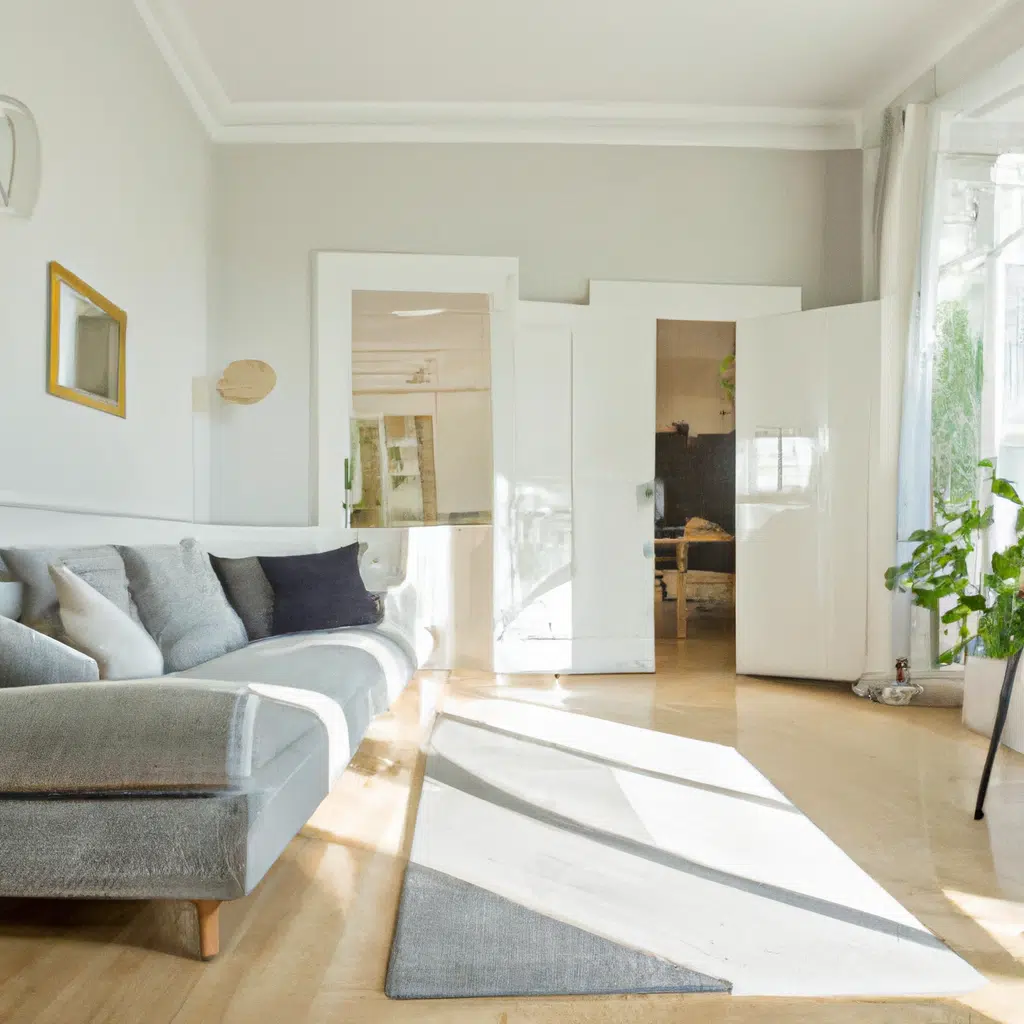Are you someone who values simplicity and functionality over complexity and clutter? If so, then a minimalist design approach to interior decorating may be just what you need. In this article, we’ll explore the benefits of minimalist design in interior decorating and provide tips on how to incorporate this design style into your home.

What is Minimalist Design?
Minimalist design is a design style that emphasizes simplicity and the use of minimal elements. This style is characterized by clean lines, neutral colors, and a focus on functionality. The goal of minimalist design is to create a space that is calming and clutter-free.
Benefits of Minimalist Design
1. Reduced Clutter
One of the biggest benefits of minimalist design is that it helps to reduce clutter. When you have fewer items in your space, it is easier to keep things organized and tidy. This can help to reduce stress and create a sense of calm in your home.
2. Increased Focus on Functionality
Minimalist design also places a strong emphasis on functionality. Every item in a minimalist space should have a purpose and serve a specific function. This can help to increase efficiency and productivity in your home.
3. Enhanced Aesthetics
Minimalist design is also known for its clean and sophisticated aesthetic. By using neutral colors and clean lines, minimalist spaces can look sleek and modern. This can help to create a sense of elegance and sophistication in your home.
4. Improved Mental Health
Studies have shown that clutter can have a negative impact on mental health. By reducing clutter and creating a calm and organized environment, minimalist design can help to improve mental health and promote a sense of well-being.
5. Increased Sustainability
Minimalist design also promotes sustainability by encouraging the use of fewer resources and reducing waste. By using only what is necessary, minimalist design can help to reduce the environmental impact of our homes.
Tips for Incorporating Minimalist Design
If you’re interested in incorporating minimalist design into your home, here are some tips to get you started:
1. Start with a Clean Slate
To truly embrace minimalist design, it’s important to start with a clean slate. This means getting rid of any unnecessary items and decluttering your space.
2. Focus on Functionality
When selecting items for your home, focus on functionality first. Choose items that serve a specific purpose and that you will use on a regular basis.
3. Embrace Neutral Colors
Minimalist design is known for its use of neutral colors. Embrace this aesthetic by selecting pieces in shades of white, beige, and gray.
4. Use Texture to Add Interest
While minimalist design emphasizes simplicity, it doesn’t have to be boring. Use texture to add interest to your space. For example, a chunky knit throw or a woven rug can add warmth and texture to a minimalist room.
5. Incorporate Greenery
Plants can add life and color to a minimalist space. Consider incorporating a few houseplants into your decor to add a touch of nature to your home.
Conclusion
Minimalist design is a popular design style that emphasizes simplicity, functionality, and aesthetics. By reducing clutter, increasing focus on functionality, and promoting sustainability, minimalist design can help to create a calm and organized environment in your home. By following the tips outlined in this article, you can incorporate minimalist design into your home and enjoy the many benefits it has to offer.
